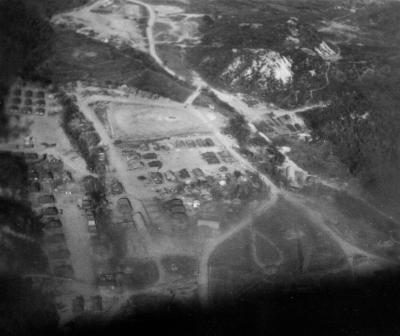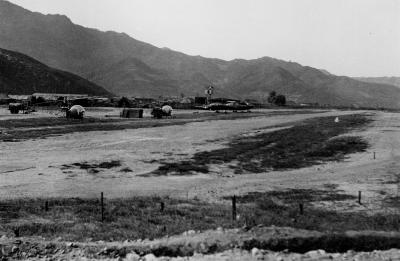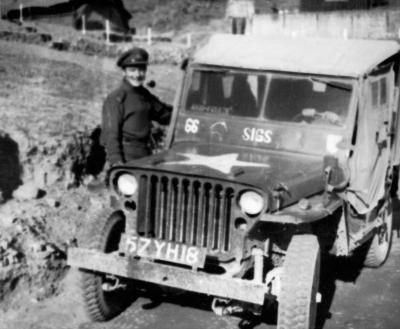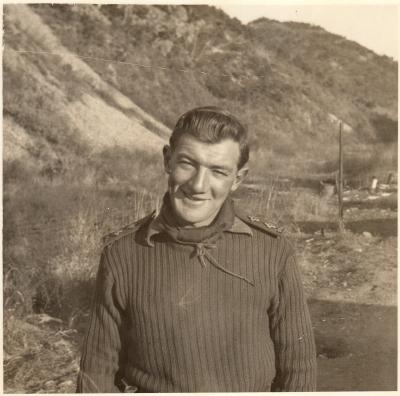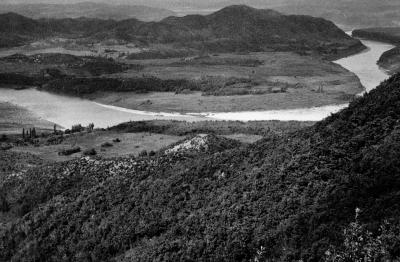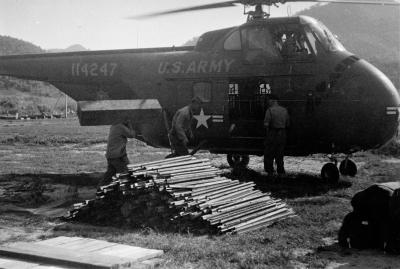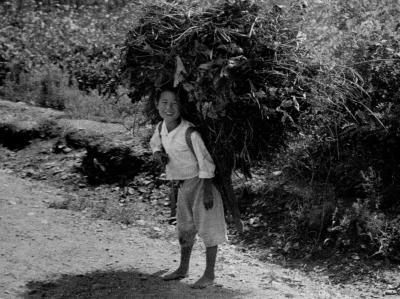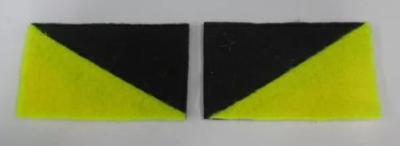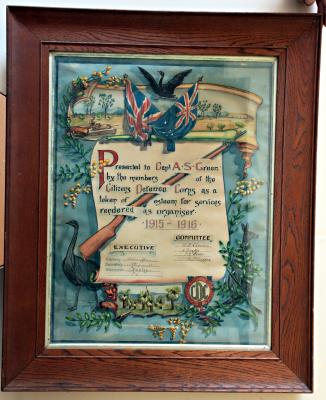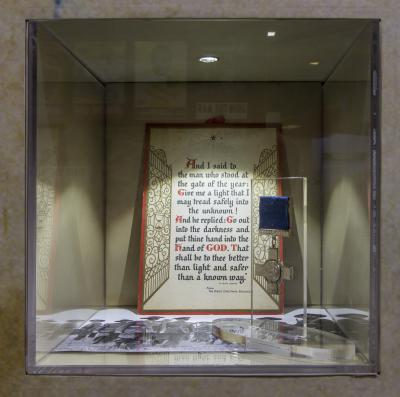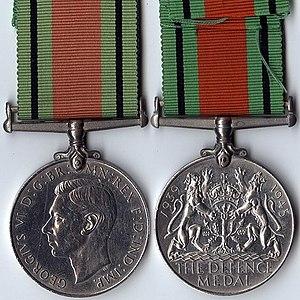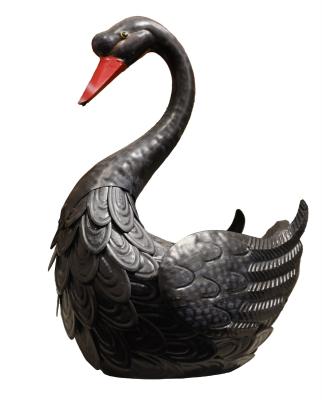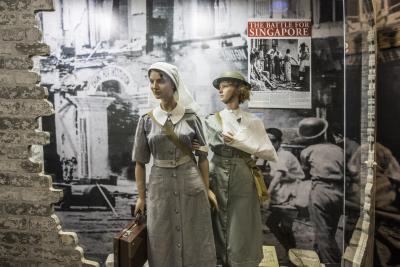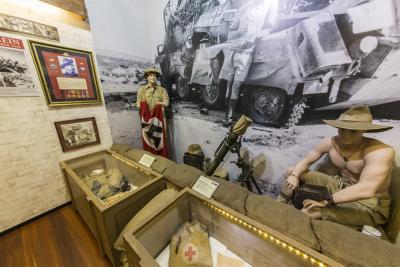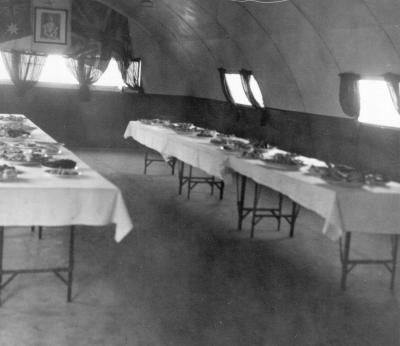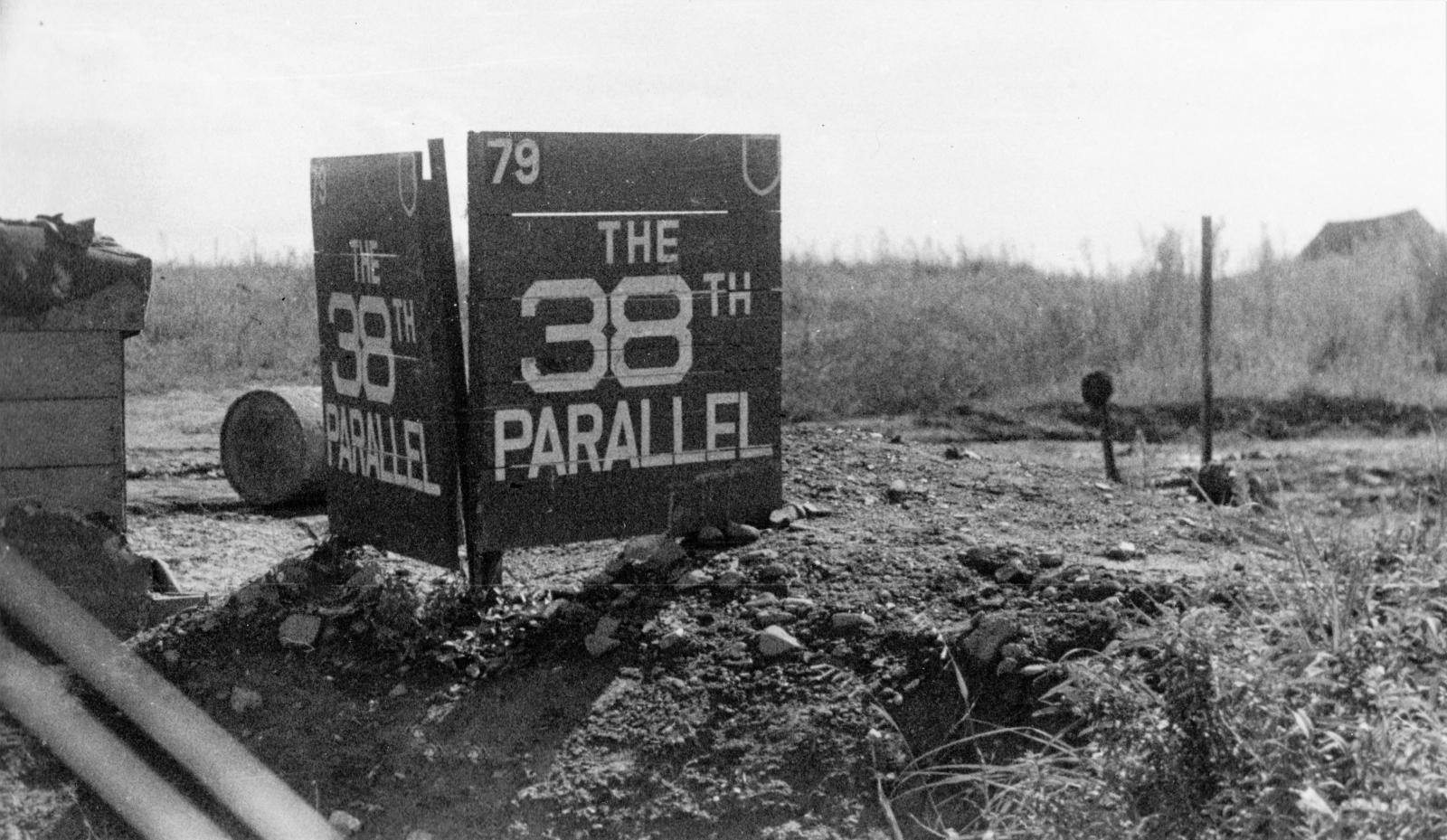Post 1945, North East Asia, Korea, 2 RAR, 1953-54
Photo of the 38th Parallel (ceasefire line) taken by KenTaylor from his signals jeep - Korea ca 1953-54
2 RAR was formed as the 66th Battalion in October 1945 as a regular infantry force from volunteers from the 9th Division for service with the British Commonwealth Occupation Force in Japan. The battalion was stationed primarily at Hiro as part of the 34th Brigade from February 1946 to December 1948, when they returned to Australia. On 23 November 1948 it was renamed the 2nd Battalion, Australian Regiment, with the Royal regimental prefix being granted on 31 March 1949.
During the initial stages of the Korean War, 2 RAR was used as a training unit to provide reinforcements for the other two RAR battalions that had been sent to Korea. The unit embarked for Korea on 5 March 1953 on board the MV New Australia, arriving on 17 March 1953. A few days later detachments from all three RAR battalions paraded at Camp Casey near Tongduchon, South Korea, the first time that the Royal Australian Regiment had paraded as a whole.
In April 1953 , 2 RAR relieved 1 RAR and became part of the 28th British Commonwealth Brigade, attached to the 1st Commonwealth Division. During this statis phase the war, 2 RAR took up a position along the Jamestown Line and began patrolling in the 'no-man's land' area around the Imjin and Samichon Rivers.
On 9 July 1953, the battalion relieved the 1st Battalion, The King's Regiment around a feature known as 'The Hook' on the left flank of the 1st Commonwealth Division. As peace talks were currently under way, offensive operations were not undertaken although patrolling operations continued. On the night of 24 July 1953, the Chinese attacked the UN positions on The Hook in to gain more ground prior to the signing of the armistice agreement. Waves of Chinese soldiers attacked the Australian and American positions in frontal assaults aimed at overwhelming the defenders through sheer weight of numbers. The attacks were finally beaten off on the morning of 26 July.
There were no further attacks and the armistice came into effect the following day. Despite the end of hostilities, 2 RAR remained in Korea as part of the UN forces stationed in the country until 6 April 1954, when it returned to Australia, once again on the MV New Australia. Total losses for 2 RAR while it had been in Korea had been 22 killed.
Details
Details
This photograph is from an album donated to the Army Museum by Ken Taylor who as a Lieutenant was Signals Officer (Pronto) of 2 RAR during their Korea deployment.
Open in Google Maps
Nearest geotagged records:
Australian Army Museum of Western Australia
Australian Army Museum of Western Australia
More items like this
- Post 1945, North East Asia, Korea, 2 RAR, 1953-54
- Post 1945, North-East Asia, Korea, Imjin River, 2 RAR, 1953-54
- Post 1945, North-East Asia, Korea, 2 RAR, 1953-54
- Post 1945, North-East Asia, Korea, 2 RAR, 1953-54
- Post 1945, North East Asia, Korea, 2 RAR, 1953-54
- Post 1945, North East Asia, Korea, TAYLOR, 2 RAR, 1953-54
- Post 1945, North East Asia, Korea, TAYLOR, 2 RAR, 1953-54
- Post 1945, North East Asia, Korea, 2 RAR, 1953-54
Other items from Australian Army Museum of Western Australia
- Post 1945, North East Asia, Korea, 2 RAR, 1953-54
- Post 1945, North East Asia, Korea, 2 RAR, 1953-54
- Post 1945, North East Asia, Korea, 2 RAR, 1953-54
- Post 1945, North East Asia, Korea, 2 RAR, 1953-54
- Colour Patch - 10 Light Horse Regiment Australian Imperial Force
- World war 1, Honour Presentation Citizens Defence Corps, Kalgoorlie Battalion, GREEN, 1916
- Medal - George Cross Display
- Medal - Defence Medal (World War 2)
- Black Swan, Cygnis atratus, Photo Bomb
- Diorama - Singapore Evacuation 1942
- Diorama - North Africa, Western Desert and El Alamein 1942
- Post 1945, North East Asia, Korea, Kansas Line, 2 RAR, 1953-54


